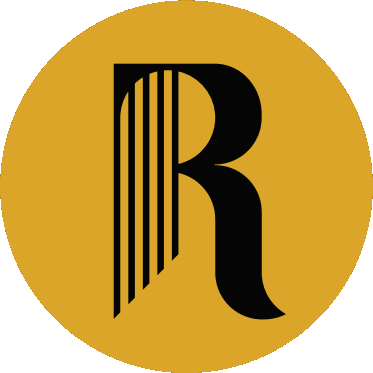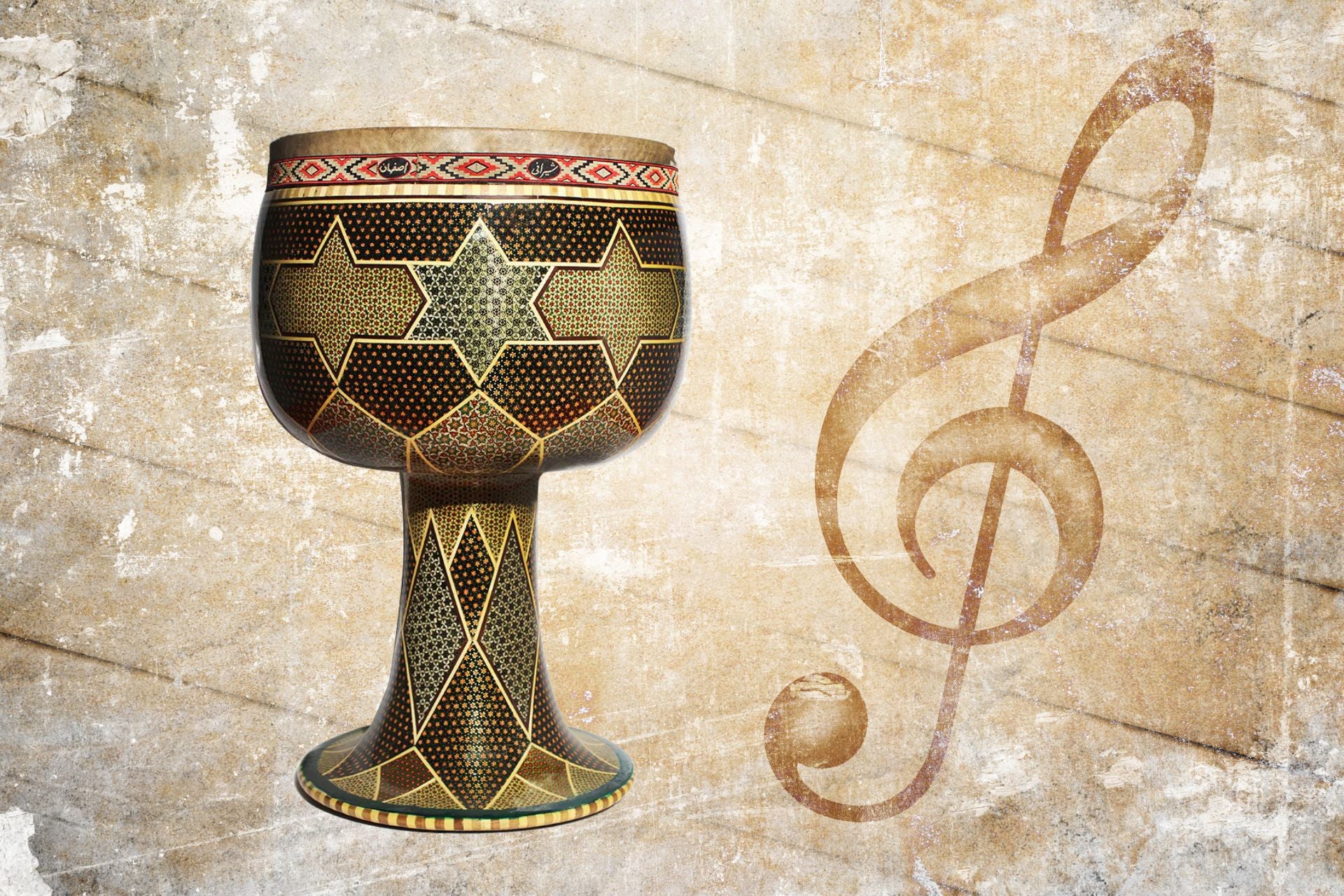General Articles
A Guide to the History and Types of Persian Drums
Persian drum is a term that covers a variety of drums that originated in ancient Iran and are widely used in its classical and folk music. In this article, you will learn about:
- The history and cultural significance of the Persian drum
- The different types of Persian drum and their features
- Where to buy a Persian drum and how to play it
What is the Persian Drum and Why is it Important?
The Persian drum is a percussion instrument that has a long and rich history in Iranian culture and music. The Persian drum dates back to the pre-Islamic era, and has been used for various purposes such as:
- Religious ceremonies and rituals, especially in Sufism
- Festive occasions and celebrations, such as Norouz
- Artistic expression and entertainment, such as in classical and folk music
The Persian drum reflects the diversity and richness of Iranian musical traditions, as well as the influence of other cultures and regions. The Persian drum has also been a symbol of national identity and pride, as well as a source of joy and spirituality.
What are the Different Types of Persian Drum?
There are three main types of Persian drum that are popular and widely used in Iranian music. These are:
Daf
A large frame drum with metal rings or chains attached to the inside of the wooden frame, creating a jingling effect when played. The daf has a thin membrane made of fish or goat skin, or synthetic material, that produces a deep and resonant sound when struck with the hand.
The daf is often used in Sufi music and ceremonies, as well as in Kurdish, Azerbaijani, Armenian and other regional music styles. The daf is considered a national musical instrument of Pakistan and Azerbaijan, and is depicted on their currency.
Tonbak
A goblet-shaped drum with a single membrane made of animal skin, stretched over the wider end of the wooden body. The tonbak is played with the fingers and palms of both hands, producing a variety of tones and rhythms.
The tonbak is the main percussion instrument of Persian classical music, and is often played solo or in ensemble with other instruments such as tar, setar, kamancheh and santur. This instruments requires a high level of skill and mastery, and has many renowned players such as Hossein Tehrani, Mohammad Reza Lotfi, Mohammad Akhavan and Pejman Hadadi.
Azeri Dayereh
A frame drum that is similar to the daf but smaller in size and without metal rings or chains. The Azeri dayereh has a wooden frame and a skin membrane, played with the fingers or a mallet. The Azeri dayereh is mainly used in Azerbaijani folk music, especially in the mugham genre.
The Azeri dayereh can create complex rhythms and melodies, and is often accompanied by other instruments such as balaban, tar, kamancha and gaval. The Azeri dayereh has been influenced by Turkish and Caucasian musical traditions, and has many famous players such as Mirza Mansur Mansurov, Habil Aliyev, Alim Qasimov and Bahram Mansurov.
Where to Buy a Persian Drum and How to Play it?
If you are interested in learning more about the Persian drum or buying one for yourself or your loved ones, you can visit Rhythm Music Shop in Markham or shop online at their website. Rhythm Music Shop offers:
- A wide range of high-quality Persian drums at affordable prices
- Other musical instruments from around the world
- Professional advice and guidance on choosing and playing your instrument
- Online musical instrument shopping experience
- Customer satisfaction guarantee and free shipping
Don’t miss this opportunity to discover the beauty and joy of the Persian drum! Visit Rhythm Music Shop today or contact them for more information.

